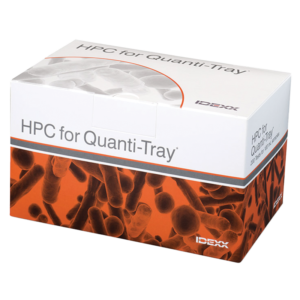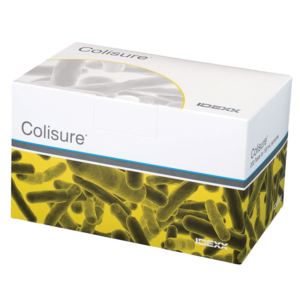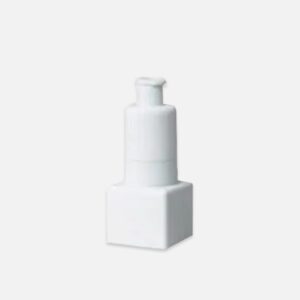The Colilert Test uses proprietary Defined Substrate Technology (DST) to simultaneously detect total coliforms and E. coli. Two nutrient-indicators, ONPG and MUG, are the major sources of carbon in Colilert and can be metabolized by the coliform enzyme β-galactosidase and the E. coli enzyme β-glucuronidase, respectively.As coliforms grow in the Colilert Test, they use β-galactosidase to metabolize ONPG and change it from colorless to yellow.
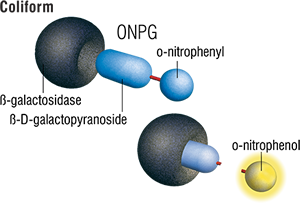
E. coli use β-glucuronidase to metabolize MUG and create fluorescence. Since most non-coliforms do not have these enzymes, they are unable to grow and interfere. The few non-coliforms that do have these enzymes are selectively suppressed by the Colilert Test’s specifically formulated matrix.
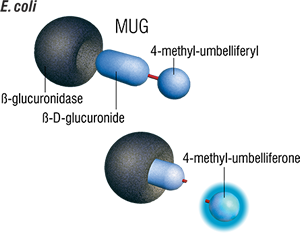
This approach is different from traditional media, which provide a nutrient-rich environment that supports the growth of both target organisms and nontargets. When nontargets grow and mimic target organisms, false positives occur. Growth of nontargets can also suppress target organisms and give false negatives in traditional media. To suppress nontargets, traditional media often include high levels of salts, detergents, or other selective agents that may inadvertently suppress target organisms and give further false negatives.
Only IDEXX reagents have been validated and approved for use with Quanti-Tray and Quanti-Tray/2000.

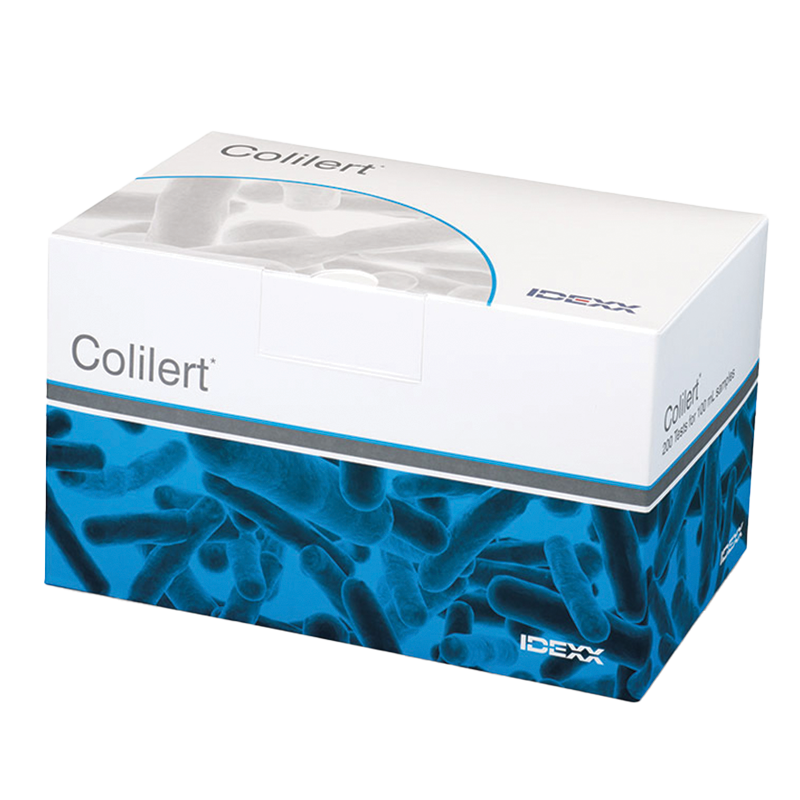


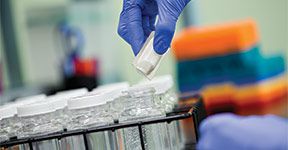 Add reagent to sample and incubate at 35°C±0.5°C for 24 hours.
Add reagent to sample and incubate at 35°C±0.5°C for 24 hours.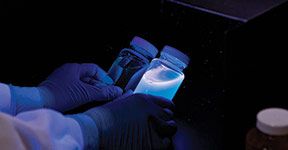 Read results:
Read results: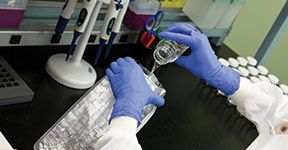 Pour into
Pour into 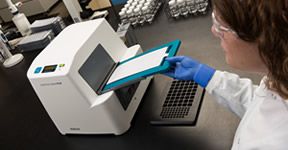 Seal in
Seal in 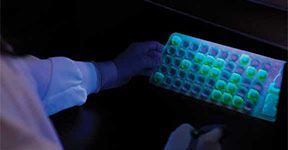 Quanti-Tray—Read results:
Quanti-Tray—Read results: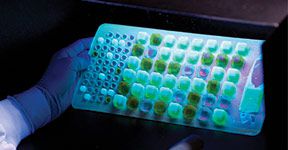 Quanti-Tray/2000—Read results:
Quanti-Tray/2000—Read results: